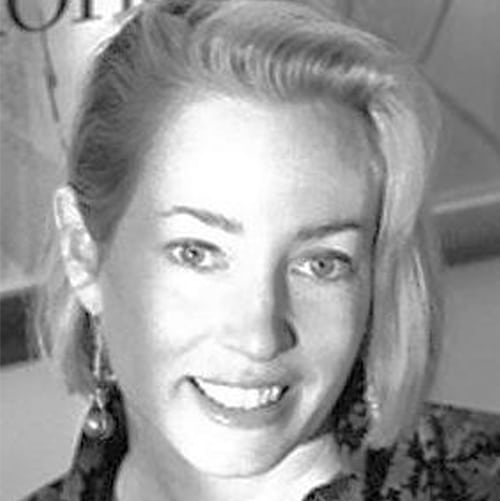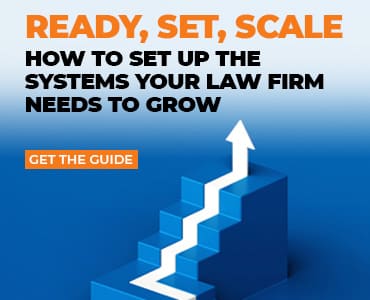Yes, we know, you live and die by the clock, and you’re already pretty savvy about time management. That said, a tune-up never hurts. Especially when getting the most out of every chunk of time may make the difference between the box seats at the ballgame or takeout at your desk. Here are five books with very different approaches to time management. See if one gets your clock running a little faster.
1. The Classic
First Things First by Steven R. Covey. By now, everyone has probably read Covey’s groundbreaking The 7 Habits of Highly Effective People, which uses evidence-based research to define what successful people consistently do differently — and how to make a paradigm shift to put those same principles to work in your life. This book, however, is less about work and more about life. He asks readers to “look at the gap many of us feel between the way we spend our time and what is deeply important to us,” or, as he puts it, the gap between the clock and the compass. The clock represents how we manage our time and commitments. The compass represents our vision, mission and direction — how we lead our lives. His goal is to replace the clock with the compass so that you spend time on the things that matter most, focusing more on where you are heading rather than how fast you are going.
Great Quote: “The key to quality of life is in the compass — it’s the choices we make every day. As we learn to pause in the space between stimulus and response and consult our internal compass, we can face change squarely, confident that we’re being true to principle and purpose, and that we’re putting first things first in our lives.”
2. The Current Guru
Get Things Done: The Art of Stress-Free Productivity by David Allen. It seems David Allen, highly esteemed management consultant and executive coach, is everywhere these days. Fast Company has gone so far as to call him “one of the world’s most influential thinkers” in the area of personal productivity. His GTD organizing system turns on ruthless prioritization by understanding that every task, promise or assignment has a place and a time. With everything in its proper place and time, you feel in control and can replace time spent on vague worrying with effective, timely action. This shifts the balance in your life — accomplishments grow while the pressure to accomplish decreases, resulting in more energy, a more relaxed approach to life and the ability to get more done with less effort. He refers to this as “relaxed control.” What many readers find most useful is the easy-to-consult, one-page flow chart that encapsulates his system.
Great Tip: Allen’s two-minute rule: If there’s anything you absolutely must do that you can do right now in two minutes or less, then do it now, thus freeing up your time and mind tenfold over the long term.
3. Anti-Procrastination Mantra
Eat That Frog! by Brian Tracy. This book revolves around one key idea: When you do the worst, most dreaded task on your daily to-do list first, you gain energy and momentum for the rest of the day, and you don’t sabotage yourself through procrastination. Think about what so many people do when they have to write something: Suddenly the dishes need washing, the desk needs straightening, the dog needs walking, old emails need to be purged, and maybe, just maybe, a nap is calling. In short, you put energy toward everything but the most important project. So where does “eat that frog” come in? It’s based on the old saying, “If the first thing you do when you wake up each morning is eat a live frog, nothing worse can happen for the rest of the day.”
Great Fun: Here’s a video that summarizes the book’s core principle in an entertaining minute and a half.
4. The Philosophical Approach
Flow: The Psychology of Optimal Experience by Mihaly Csikszentmihalyi. Decades ago, this University of Chicago researcher and psychologist set out to understand the optimal human experiences: joy, creativity and the process of total involvement in life. He gave this the term flow, which he defines as “the state in which people are so involved in an activity that nothing else seems to matter.” This is essentially that feeling you get when you are “in the groove” or “in the zone.” Although much of the book centers around understanding the process of happiness through flow, it’s easy to make the leap to work and time management. In fact, one chapter addresses how to transform jobs into flow-producing activities. His premise: If you find the flow in your life and your work, everything else falls into place. You get clarity on how you spend your time, while experiencing a profound connection to work and life. We all want what he is having.
Great Thinking: “Contrary to what we usually believe the best moments in our lives are not the passive, receptive, relaxing times — although such experiences can also be enjoyable if we have worked hard to attain them. The best moments usually occur when a person’s body or mind is stretched to its limits in a voluntary effort to accomplish something difficult and worthwhile. Optimal experience is thus something that we make happen.”
5. The No-Nonsense Guide for the Easily Distracted
18 Minutes: Find Your Focus, Master Distraction, and Get the Right Things Done by Peter Bregman. Harvard Business Review columnist Peter Bregman says the idea for this book was born after he realized at the end of one day that he had accomplished nothing he had originally intended to, thanks to emails, texts, phone calls and the nonstop fires he had to put out. We’ve all had too many days like that. Bregman decided to find a way to cut through the daily clutter and distractions and focus on the key items that are truly the top priorities in his life. One of the systems he developed is the 18 minutes he refers to in the title: taking five minutes at the start of your day, five minutes at the end and eight one-minute check-ins throughout it in order to prioritize and plan for the day, refocus every hour and review how you spent your time. The book is an easy read, eminently actionable and, at times, inspirational.
A Great Formula: Bregman’s six-box to-do list: Identify up to five things — no more — that you want to focus on for the year and write one at the top of each box on the page. Then, generate your daily to-dos in those boxes. You should spend 95 percent of your time in those areas. Take anything that doesn’t fit into one of those areas of annual focus off your to-do list. The sixth box, labeled “the other 5 percent,” is like sugar — a little might be okay but your day should never contain more than 5 percent of the activities that don’t fit into your five areas of annual focus.
















